Can we talk about cultural intelligence without putting people into boxes and stereotyping them?
Kaleidoscope is an interesting initiative that we have at King to celebrate the cultural, ethnic and national diversity that we cherish at our company!
This week there was a nice event where we had the opportunity to celebrate diversity and inclusion. We had talks about cultural diversity, and of course, fun! Tasting of food from different regions of the world and Karaoke in the afternoon 😉
I had the opportunity to collaborate in the event and gave a presentation on “ Managing Diversity Across Cultures With Cultural Intelligence ”
There was an interesting question, a question that is often echoed when I talk about the possible ways we can face interaction with people from other cultures.
Every time I show an image of the 8 scales of the Culture Map based on the studies and research of Professor Erin Meyer, the question of stereotypes about cultures and countries appears.
Example
Is it correct and appropriate to say that "the Koreans " are a culture “Top-Down” in the scale of leadership?
What Koreans?
All Koreans?
Or some Koreans from some specific industry? Isn't this approach a way to put each culture in a box, and fall into stereotypes?
Does it make sense to learn the differences between each culture?
In fact… can we talk about cultural intelligence without putting people into boxes and stereotyping them?
All these doubts and questions seem very valid and legitimate to me. The truth is that in a way it is a paradox that trying to increase our cultural intelligence we can end up stereotyping a culture and then we are not efficient in that relationship.
In this post I want to reflect on the topic of the stereotypes and how we can use our culture intelligence not to fall into the trap of putting people in little boxes and cultures...
On Wikipedia, we can find this definition of what a stereotype is
“ An ethnic stereotype (national stereotype, or national character) is a system of beliefs about typical characteristics of members of a given ethnic group or nationality, their status, society, and cultural norms ”
Let's imagine this situation, one possible conversation between Jeniffer a Canadian girl was living in Valencia for 2 years and John an American guy that we'll be traveling to Spain to meet with some potential clients.
If Jeniffer says to John something like this “ When you discuss business with Spanish people, remember this, this and that .” I would say in this situation…. Jeniffer, which Spanish are you talking about? A Spanish from Valencia or a Spanish who lives in Galicia, or maybe a Spanish from Madrid who lived 5 years in Ireland, then moved to Silicon Valley to work for Apple and now is working in Seville?
Stereotypes are dangerous when what we seek is to increase our Cultural Intelligence, but at the same time, stereotypes are necessary. Why is that?
According to researcher Lindsay McMahon, this is the reason
“ A lot of researchers believe that we form stereotypes because we are so overwhelmed with new information coming in every day, that we have to categorize the information so that we can make things more simple and predictable and easier to handle. "
The truth is that this explanation makes a lot of sense to me since our brain needs shortcuts to function. A stereotype is a shortcut in our brain that helps us avoid a " paralysis for analysis ", but stereotypes are not a problem when we work our Cultural Intelligence. If, we start with the right approach….
And what is the right approach?
Time to revisit the model developed by David Livermore in the Cultural Research Center. This model serves as a compass to navigate the difficulties involved in living with human beings that are different from us 😉
Cultural Intelligence framework - David Livermore
CQ framework has 4 steps
In Step 1 we are curious to learn about other cultures ...
In step 2, curiosity becomes study and research; We learn how a culture behaves and how it communicates, how it gives feedback, how it persuades or how one earns people's trust in that specific environment.
In Step 3 CQ Strategy, the goal is to increase our ability to flex mentally. With high CQ Strategy, we are not biased and attached to a single worldview, we are definitely open to new ideas! During Step 3 we are going to plan and potentially anticipate cultural differences and potential clashes. In this step, we will also reflect on how we are going to respond to those cultural differences.
Step 4 is definitely the stereotype killer and when our CQ shines!
CQ Action decomposes in two sub-steps Awareness and Checking.
Awareness involves being consciously on guard and mentally flexible during our interactions with others. The goal here is to detect if any of the “stereotypes” that we learned are valid or not
During Checking, we reflect on the accuracy of our assumptions, interpretations, and predictions, and then we adapt our strategy if necessary.
Let's see this with an example.
Tap this image to enlarge!
Cultural Intelligence does not rely on rigid stereotypes to make sense of others' thoughts and behaviors. Cultural Intelligence helps us to manage complexity by seeking to understand the unique cultural identity of another person. Each new intercultural exchange is unique and needs a creative approach. That's why in the CQ model we see those arrows representing a loop, it's all about trial and error! For examplelet’s imagine the situation of this picture …
The ability to flex mentally and adapt to new situations to be more effective in multicultural environments @yolocalizo
Summary
Stereotypes are dangerous and definitely we need to walk away and avoid negative stereotypes (All Spaniards are lazy take siestas and dance flamenco!) However sometimes we need some guidelines about how to interact with people from other cultures, we can call them guidelines, or stereotypes, the truth is that quite often we need a framework when we are about to approach a culture we know nothing
In my opinion the question to be culturally competent is not whether we should study the differences between cultures, the question is not whether by doing this we are falling into stereotypes or not; the key here is that when we make the effort to study other cultures, we must also spend time thinking about how I am going to act if the strategy I had in mind is not correct ... this approach is very far from putting people in boxes, for that reason, as I see it, Cultural Intelligence is far from being based on stereotypes. CQ provides us with a model that we can follow to be more effective in this globalized world in which we find ourselves ...
What do you think?
Do you believe that by studying cultural intelligence we can fall into the trap of stereotypes and put people in boxes?
What strategies have been effective for you in your multicultural interactions to be effective without falling into the trap of stereotypes?
Cultural intelligence is here to stay so good luck for us in our journey to be effective and impactful in this hyper-connected and diverse world!
@yolocalizo

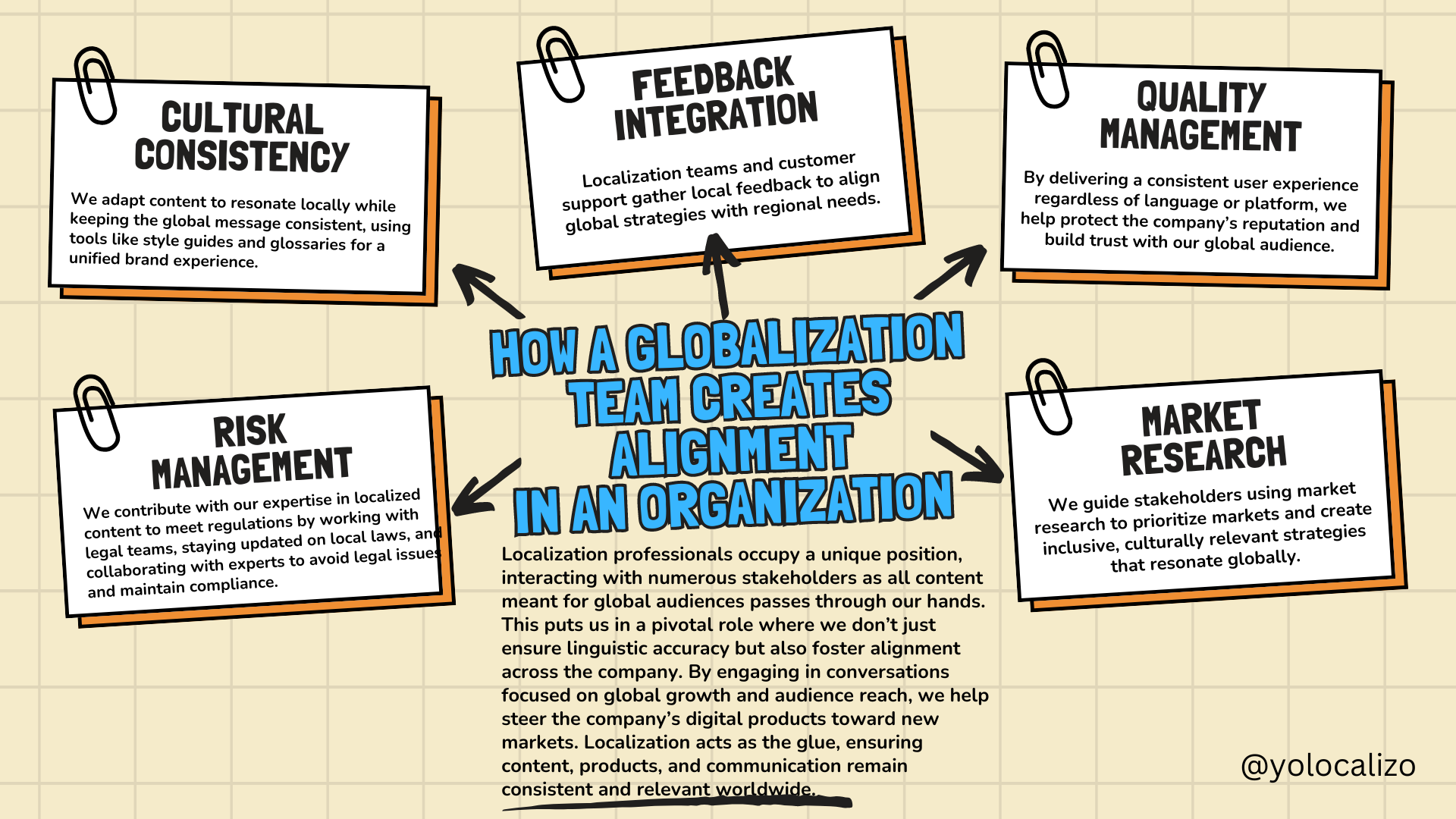
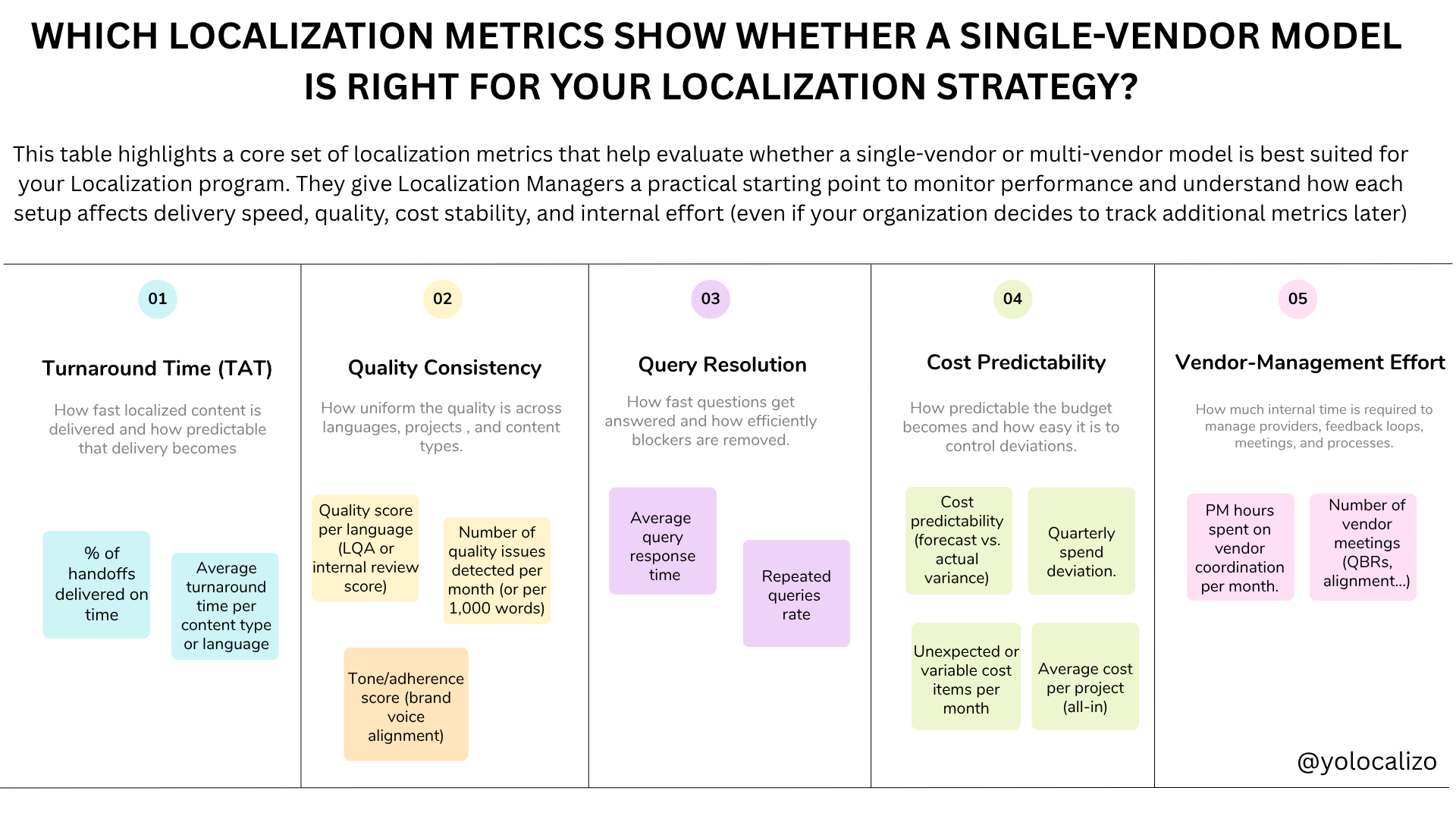




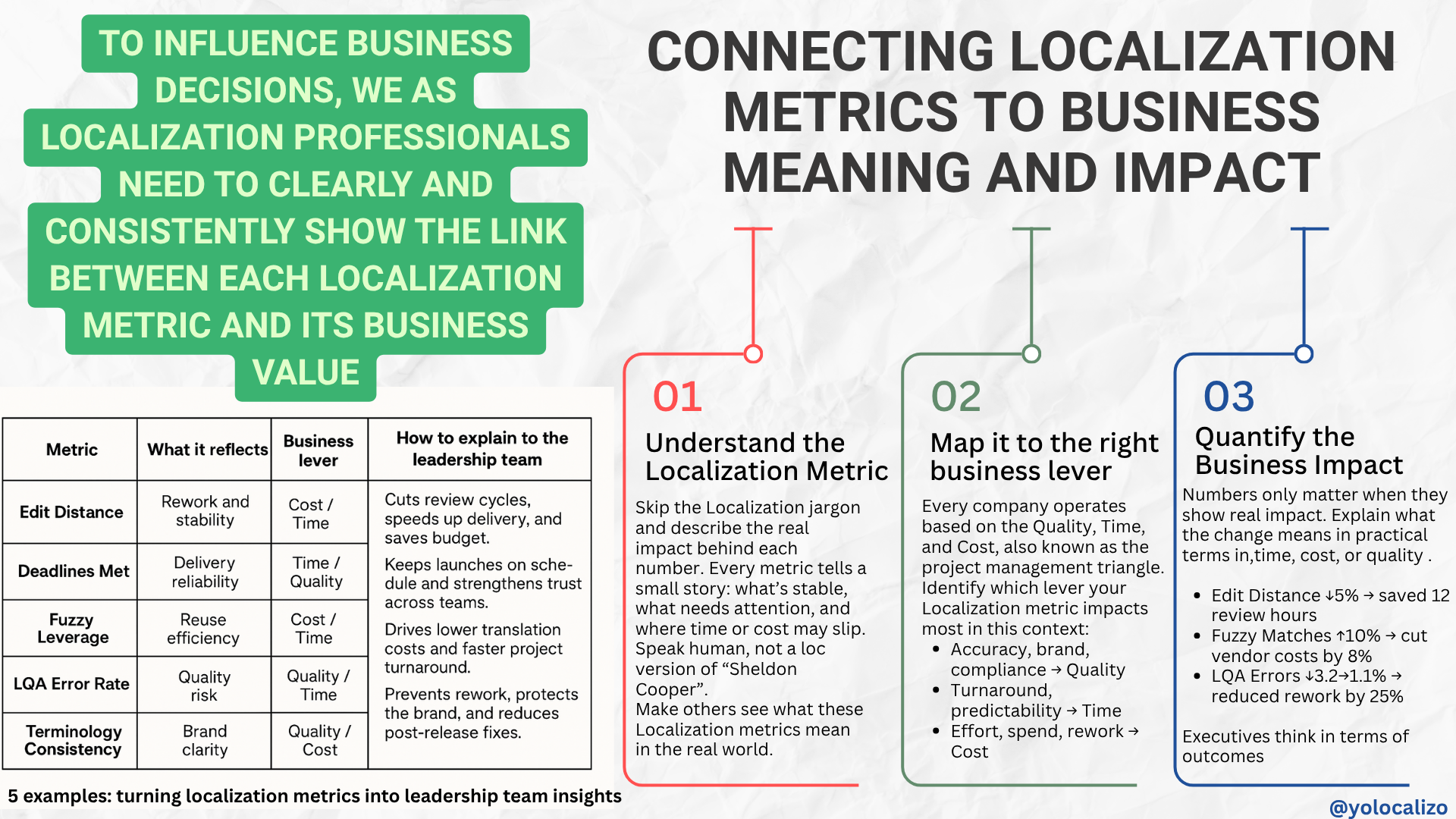




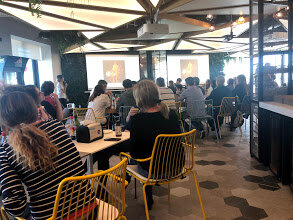
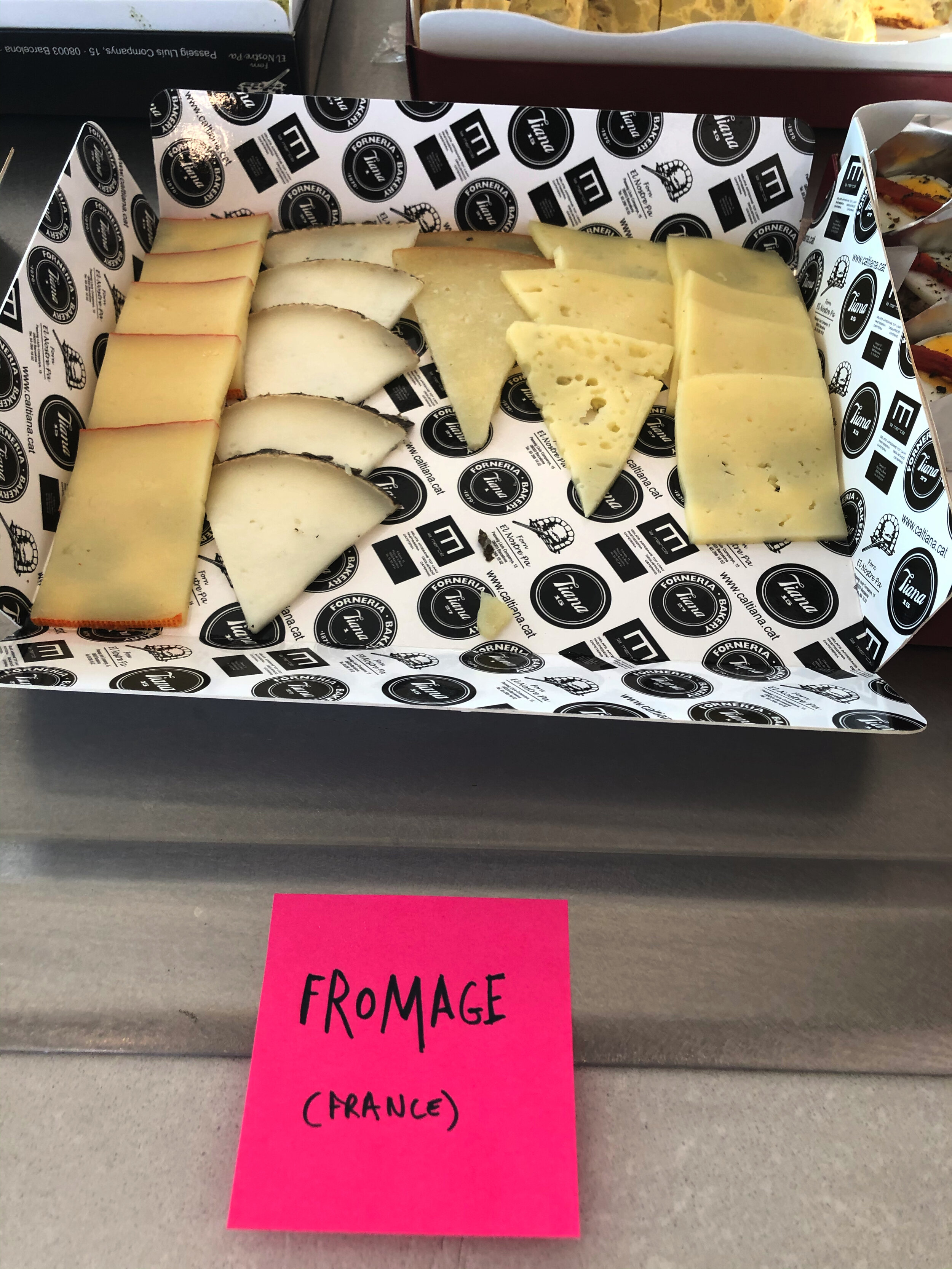

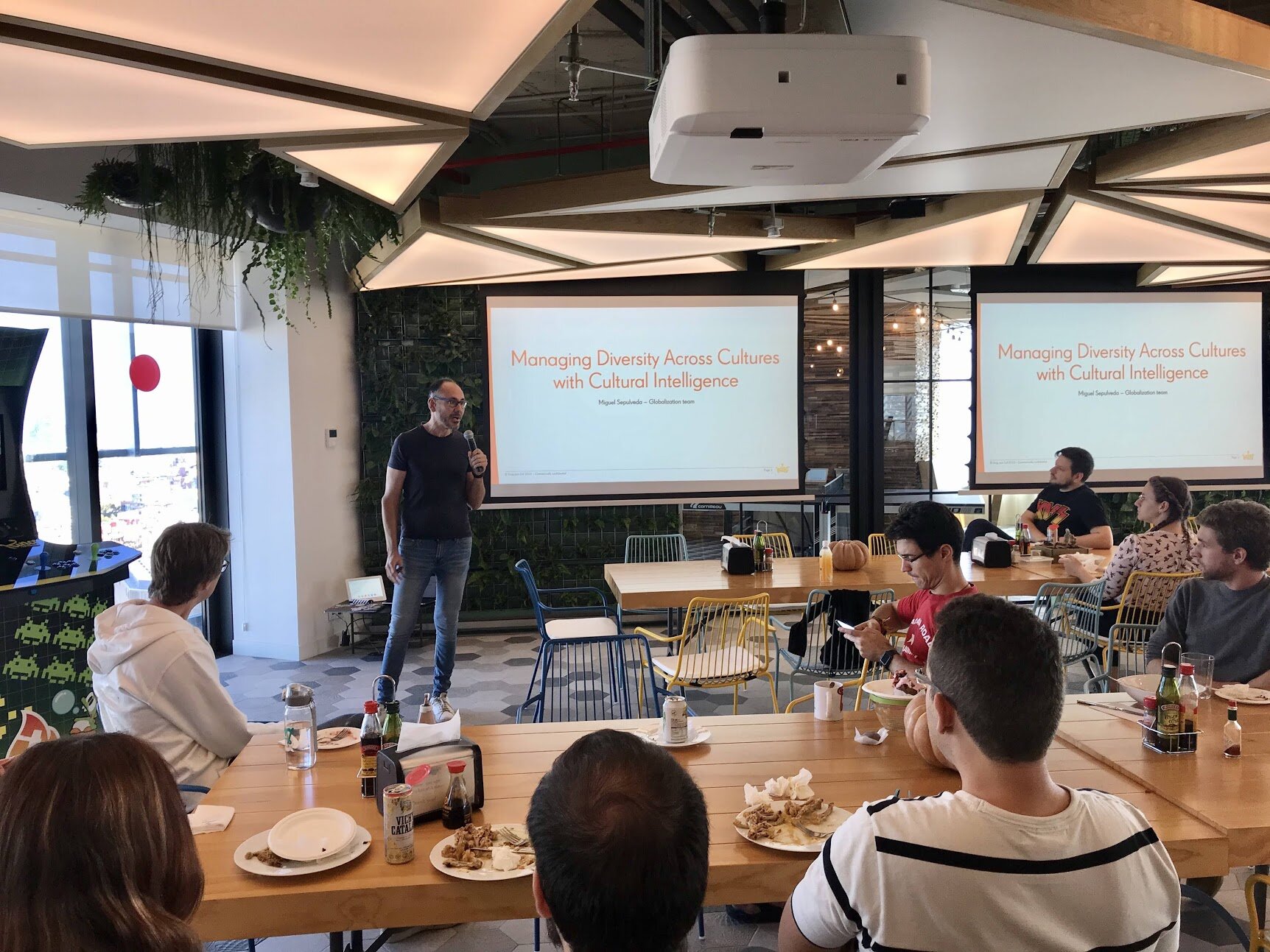
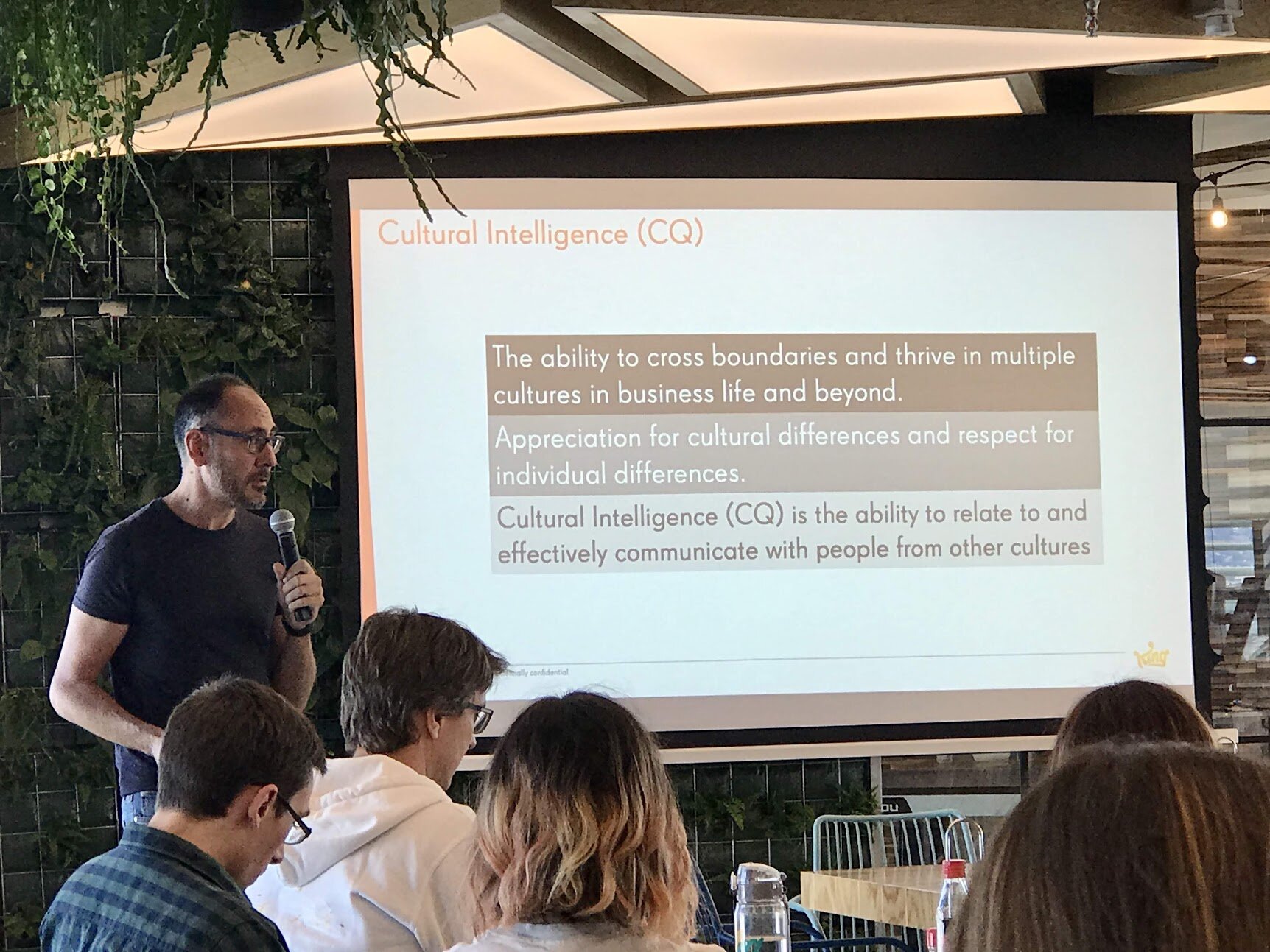


This feels like a pivotal moment. Localization teams are being asked to support more markets, move faster, use AI responsibly, and show impact, not just output. Expectations are higher than ever, but many teams are still trained mainly for execution. We are strong at delivering localization work, yet we often struggle to move from output to outcome and to clearly explain the impact of what we do.